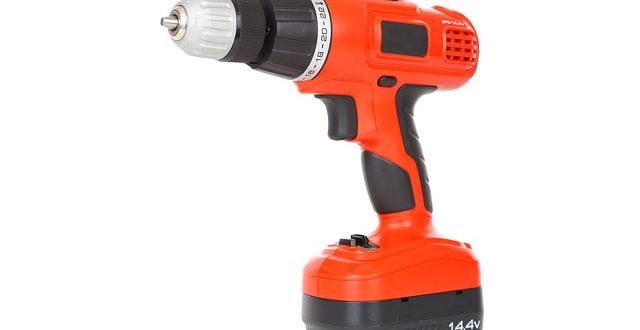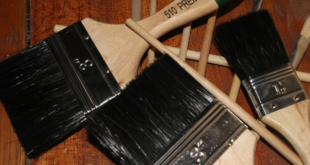Do it Yourself or DIY and Baby Boomers go together. Whether due to lack of funds, the difficulty of finding someone to do a job or simply to have the self satisfaction of doing something yourself; baby boomers took on jobs from decorating through to self build with gusto! Later generations are reportedly much less likely to get their hands dirty. Instead they prefer to call on parents or find a tradesman. Whether this is due to changes in technical education or something else, we-re not willing to speculate.
We do though, passionately belief basic DIY skills are valuable both to save money and to avoid the aggravation of trying to find someone. Just one to two jobs done yourself could fund a basic toolkit. So Millennials, it’s time to learn those skills!
The basic toolkit essentials
Even if you have no intention of ever fixing a shelf to a wall, there are some basic tools, everyone needs;
- Flat blade screwdrivers, 2-3 sizes upwards from a small electrical one
- Cross head screwdrivers, again in 2-3 sizes. There are two common types needed, Phillips and Pozidrive. The latter can be recognised by the extra indents between the slots.

- Stanley Knife or similar, always go for one with a retractable blade
- Measuring tape, it’s useful to have one the length of your largest room
- Pliers, these were banned from our school tool cupboard, but are a DIY essential to get an extra grip on something
- Pincers, useful for extracting nails
- Torch and/or an LED headlight
- Set of metric spanners from 8mm to 22mm
- Hammer
- Side cutters, even if your combination pliers has a cutter, a dedicated tool is useful
The extended basic toolkit
If you intend to become a real DIYer, fixing shelves and repairing sagging doors etc. Some other tool become useful.
- Electric Drills, pretty well essential to make holes in solid walls. Lithium battery models are most convenient. They also double up as power screwdrivers. Look for a minimum voltage of 14v, a chuck size of at least 10mm and it should have dedicated screwing and hammer settings
- 6mm masonry drill bit, set of general purpose wood/metal drill bits
- Spirit level, nothing demonstrates bad DIY better than a wonky shelf!
- Centre punch
- Electronic cable/pipe detector. Builders are amazingly good at hiding pipes and cables in walls where you don’t expect them, so always check before you drill
- Wood saw, general purpose type
- Hacksaw and spare blades, used for cutting metal and plastics
- Wire stripper, allowing for different cable thicknesses
Oddments
As well as the tools, you will need a selection of screws etc. to do most jobs. Although many items come with hardware, I find my own alternatives are better.
- Selection of wood screws. For fixing to walls, allow 3-4 cm
- Wall fixings, different types are needed for solid or plasterboard (stud) walls. I find Plasplug products reliable.
- Washers in different sizes
- Nuts and bolts in various sizes
- Duck Tape or similar (another product my teachers would detest!)
- Insulation tape
Buying tools
As with most things today, there’s a wide choice of products and places to buy. Whilst on-line can be cheaper, you can’t see the products to see if you like them. The old adage to always buy the best tools you can afford is good advice. Cheap tools usually use cheaper materials, so fail or blunt prematurely or even fail to to do the job. By sticking to established brands, you are more likely to get something good.
Tool life is extended if you look after them, whilst buying your tools, consider a case to keep them in.
Important
Before starting out, do your homework. You Tube has numerous videos covering just about every job you could possibly do. Look at several to get a real feel for what is involved before you start.
WARNING – Tools can be dangerous. Only do work you feel confident to do. Never leave tools where children can access them. Always wear safety goggles.
 Homeowners Club If you are one of the 15 million homeowners in the UK, the free to join online Homeowners Club is for you.
Homeowners Club If you are one of the 15 million homeowners in the UK, the free to join online Homeowners Club is for you.








